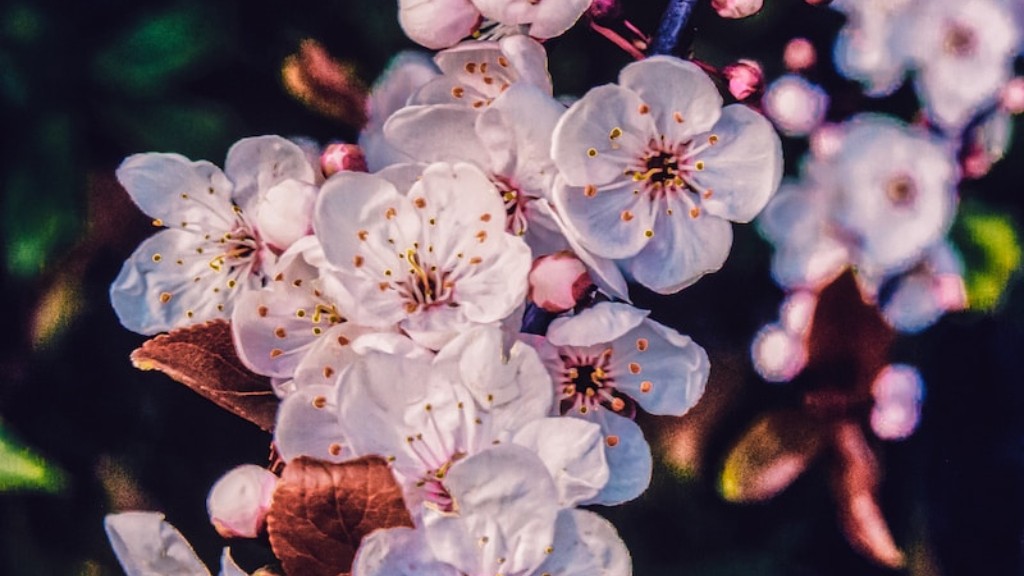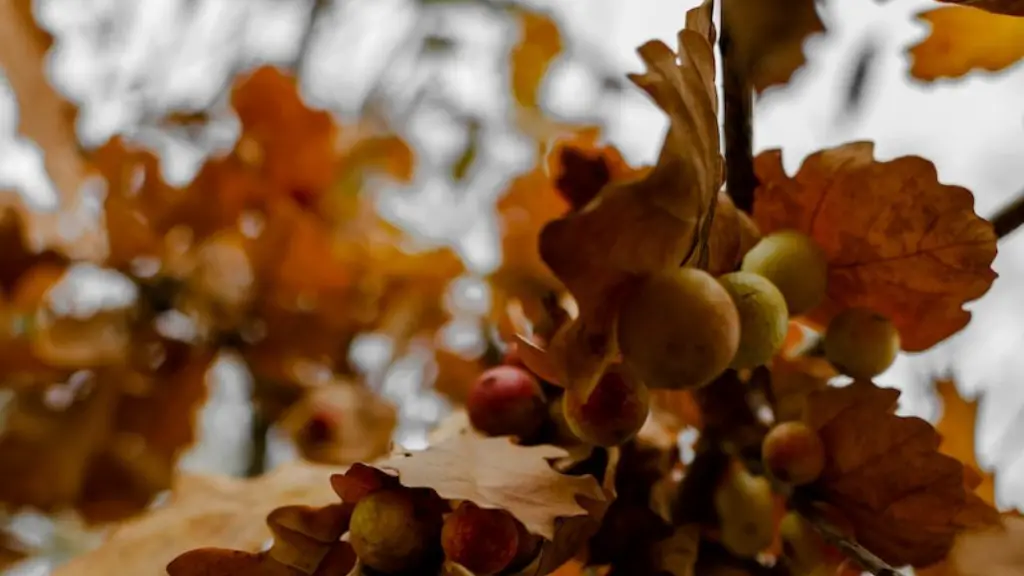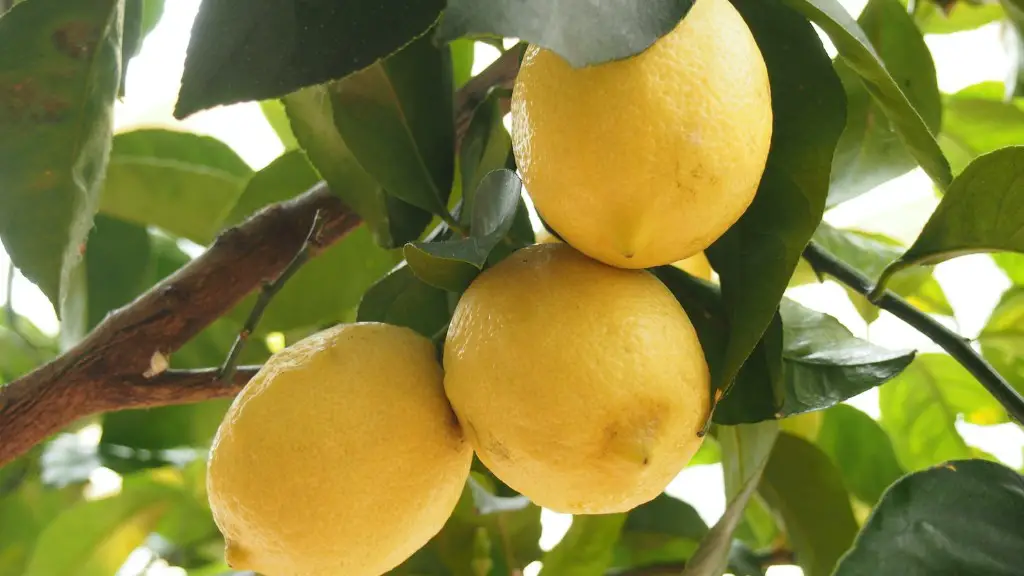How to Prune a Young Avocado Tree
Avocados are a popular staple crop that can be grown in a wide range of climates. To maintain healthy and productive avocado trees, regular pruning is an important practice. While pruning an older, established tree is more straightforward, tending to a young avocado tree requires a slightly different approach. Here, we discuss the steps that should be taken when pruning a young avocado tree.
1. Preparing to Prune
Before beginning any pruning, there are a few key points to keep in mind. First and foremost, it is important to understand the anatomy of the avocado tree. Avocados have very distinctive leaves and stems, so it is important to understand where to cut and what kind of branches to remove. To ensure no harm comes to the tree, sharp and clean pruning tools should be used. Additionally, it can be helpful to plan out the intended changes prior to beginning pruning. This can help to ensure the results are as intended.
2. Purposeful Pruning
When pruning a young avocado tree, pruning for shape and structure is essential. This can include thinning out crowded branches, removing competing stems, or shortening leader branches. It is also important to prune for maximum light penetration. This will ensure that key branches get the light and air circulation that they need. Additionally, it can be helpful to select one or two strong branches and direct their growth upward to become the future central leaders of the tree. These steps will help to shape the avocado tree as it matures.
3. Apply Pruning Carefully
When conducting any pruning it is important to carefully inspect the tree before beginning. Avocado trees are sensitive and easily harmed, so it is important to understand the process and take the necessary steps to ensure no damage is done. When pruning it is important to make sure that no vital area, such as the main trunk or main branches, are removed. Additionally, each cut should be made with clean and sharp pruning tools, and all wounds should be sealed with an appropriate sealer, such as a tree wound sealant.
4. Discarding Pruned Branches Properly
Finally, it is important to discard any cut branches carefully and responsibly. Avocado branches can harbor a range of pests and diseases and should be disposed of away from the tree. Additionally, any discarded branches should be taken off of the property as soon as possible, to help minimize any risk of spreading any unwanted diseases or pests.
Addressing Pest and Disease
One of the main concerns when dealing with young avocado trees is potential pest and disease damage. There are a variety of pests and diseases that can affect the growth and development of an avocado tree. While the best approach to fighting off pests and disease is prevention, knowing how to recognize and manage any potential harm is also important.
1. Identifying Harmful Pests and Diseases
The first step in addressing pest and disease damage on an avocado tree is to be able to identify any potential threats. There are a range of pests that can harm avocado trees, including mealybugs, scale, whiteflies, thrips, and mites. Additionally, the avocado tree can also be affected by various diseases, such as blight and root rot. Identifying any pest or disease damage early is invaluable in helping to manage and prevent further damage.
2. Taking Action to Treat Pest and Disease
Once a pest or disease has been identified, it is important to take action to treat the issue. In many cases, this can involve the use of natural remedies or organic pesticides. Additionally, for pests it can also be helpful to use biological or cultural control methods, such as the use of beneficial insects or traps. For diseases, removing infected branches and encouraging good air circulation through proper pruning are both important treatments.
3. Ensuring the Growth and Health of an Avocado Tree
Finally, it is important to take steps to ensure the potential for pest and diseases is minimized. This involves providing the avocado tree with adequate water and fertilization, as well as monitoring the tree for any budding threats. Additionally, it can be helpful to avoid planting avocado trees in any areas that could be subject to significant waterlogging, as this can encourage the growth of harmful bacteria and fungi.
Maximizing Yields from an Avocado Tree
To maximize yield from an avocado tree, there are various steps that can be taken. Proper pruning, pest and disease management, and orchard hygiene are all essential practices for ensuring a plentiful and healthy yield from a young avocado tree.
1. Adequate Growing Conditions
The first step to maximizing yields from an avocado tree is to ensure the tree is in an environment with adequate sunlight and nutrient levels. Avocados prefer a climate with bright, sunny days and plenty of heat. To this end, they should be planted in well-drained, sandy soils with a pH between 5.5 and 7.0. Additionally, the avocado tree should be given adequate water and any fertilizer that may be necessary.
2. Timing Flowering and Fruiting
Once adequate growing conditions for an avocado tree have been established, it is important to ensure the tree produces good quality fruit. This can involve controlling flowering and fruit set. Avocados are a type of long-day plant, meaning they flower in response to longer days and are more likely to produce fruit in the summer months. It can therefore be helpful to take steps to aid flowering, such as planting the tree near other avocado trees, as this can encourage pollination.
3. Manage Fruits
Once the tree is in full production, it is important to manage the fruits that are produced appropriately. This involves thinning fruits to help ensure none are overcrowded, as well as removing fruits that are infected by any pests or diseases. Additionally, it can be beneficial to take steps to avoid overharvesting. This can be done by encouraging good quality harvesting practices, such as picking fruit when it is just ripe and avoiding picking any fruits that are damaged or diseased.
Ongoing Maintenance and Care
In addition to regular pruning, pest and disease management, and fruit management, there are also various other steps that can be taken to ensure the health of an avocado tree.
1. Sanitary Practices
Ensuring the area around and beneath an avocado tree is free from debris, fallen leaves, and any other build-up of organic matter is essential in helping to maintain good overall health. This can be achieved through regular cleaning and removing any fallen leaves or diseased fruits. Additionally, it can be beneficial to conduct soil readings to ensure that the soil is of good quality and provides adequate access to the correct nutrients.
2. Mulching
Mulching is another important step that can help to reward the health of an avocado tree. This involves applying a layer of organic material, such as compost or shredded leaves, to the soil around the tree. This helps to protect the soil, improve fertility, and promote good drainage. Additionally, mulching can also help to reduce weeds and prevent moisture loss.
3. Monitoring for Signs of Stress or Pest Damage
Finally, it can be beneficial to regularly monitor the avocado tree for signs of stress or pest damage. This can involve inspecting the tree visually, as well as looking for any noticeable symptoms, such as yellowing leaves or wilting branches. Catching any potential issues at an early stage is key to ensuring that any issues can be managed before they worsen, and can help to promote a healthy yield from the young avocado tree.
Promoting a Healthy, Productive Avocado Tree
In order to promote a healthy and productive avocado tree, various different practices should be employed. These include regular pruning and pest and disease management, as well as taking steps to improve soil health and environment. Additionally, it is important to ensure proper fruit management and harvesting practices, as well as to monitor the tree for any signs of stress or disease. With proper care and maintenance, a healthy young avocado tree can be sure to provide a plentiful and quality yield for years to come.



